Asymmetric
Division
Asymmetric
Division

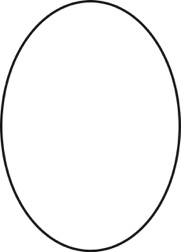
The Asymmetric division is a not very common division. Most pysanky tend to have geometric regularity in their design. In Sokal, however, floral garlanded pysanky are quite common and very popular; they consist of asymmetrically (but not randomly) placed flowers, buds and leaves linked together by sinuous vines. This pysanka is an example of the traditional Sokal style.

A single photo or drawing is not adequate to represent a pysanka of this sort, though. Here is another Sokal pysanka, seen in four views, each a one quarter rotation from the previous view:

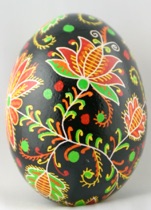


Less complex version of this division can be seen, too. The following pysanky from Volyn and Poltava show the other version of this design: simple elements placed randomly but aesthetically around the surface of an egg:


Three-Leaf from Volyn, Peacocks from Poltava
How do you make these sorts of pysanky? For the Sokal egg above, I drew (in pencil) 3/4” circles on the egg, used those to draw the flowers in, and then filled in the areas in between with buds and vines. For the leaves and peacocks, I drew them in, one at a time, and tried not to get the motifs too close to each other or too far apart.
In other words, it’s more a matter of practice and judgement, than something that can be diagramed and taught.
Binyashevsky provides many examples of asymmetric pysanky. The most common variant is the floral pysanka, with flowers and/or garlands strewn randomly over the surface of the pysanka. The best known are the floral designs from Sokal; generally, they are floral garlands:



Similar asymmetric floral garlands can also be found in Volyn:




Similar florals can be found in various parts of Ukraine, albeit less frequently, along with other plant-motif pysanky (Eastern Polissia, Boiko, Chernihiv region, Hutsul (Sheshory) and Sokal). The fourth pysanka does not have flowers on it, instead there is a plant with berries and a bird in it :




Another type of asymmetric pysanka is one that has random dots or small shapes scattered over its surface. These examples from Binyashevsky are the simplest, and come from Yavoriv and Kosmach (Hutusl) and from Pokuttia:

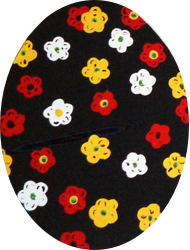

The Pokuttian pysanka looks as though it might be a simple krapanka, but it is hard to tell. The motifs can be more complex, as in these three pysanky from Pidliashia, Pokuttia and the Peremyshl region.


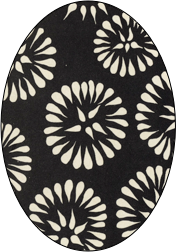
There is at least one more type of asymmetric pysanka–the bezonechnyk, endless/infinity line. These are seen in many regions, and have large wave-from lines meandering across the surface of the egg:
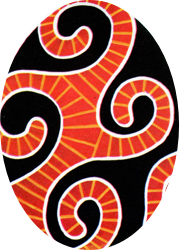
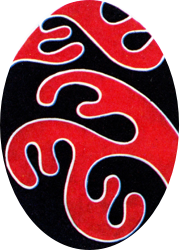
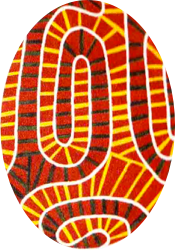
The photo below contains several versions of the Poltava bezkonechnyk, along with a highly symmetrical version adapted for the goose egg by Sofika Zielyk. No two of the chicken egg pysanky are exactly alike, either in pattern or in color.
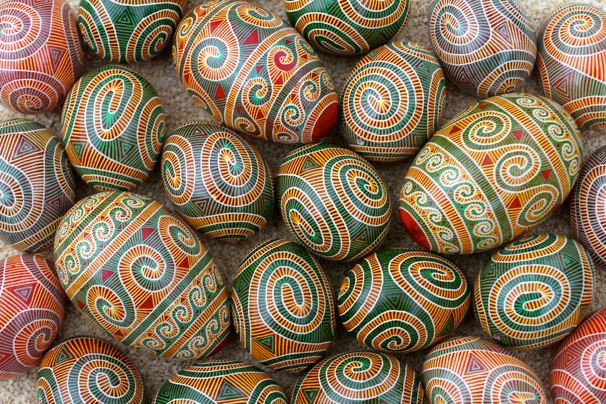
Back to Main Writing Pysanky page
Back to Main Pysankarstvo page
Note: All photos, illustrations and text © Luba Petrusha 2007-2017. All Rights Reserved. Reproduction prohibited without expressed consent. May contact via e-mail (link below).